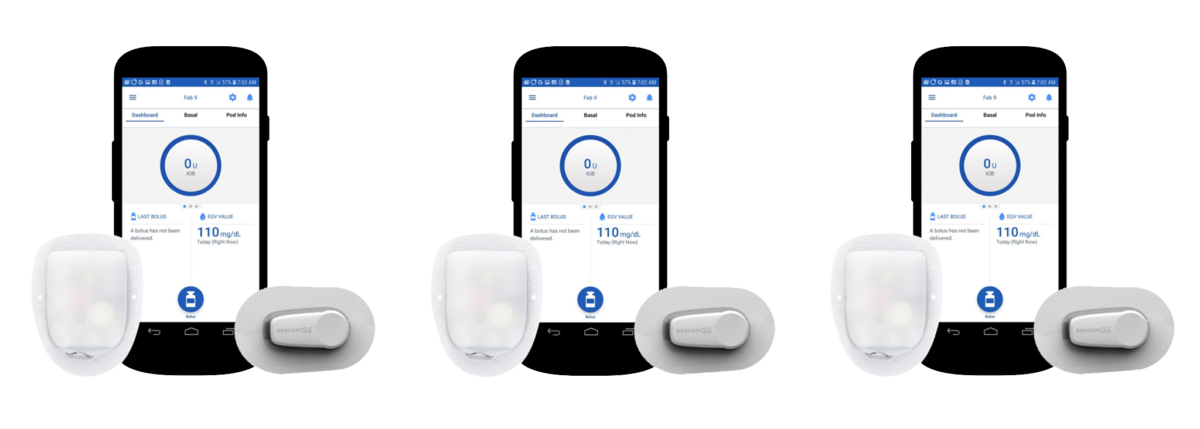Effects of Medicaid Coverage on the Diabetes Prevention Program in California
Written by: Kayla Hui, MPH
3 minute read
June 27, 2021
Obidiugwu K. Duru presents at the 81st ADA conference on how medicaid impacts the California Diabetes Prevention Program.
Coverage of the ADA Scientific Sessions is brought to you by the ADA x BT1 Collab.
On June 25, 2021 of the American Diabetes Association (ADA) 81st scientific sessions, Obidiugwu K. Duru, MD, MS, professor of medicine at the David Geffen School of Medicine at UCLA, presented findings from a simulation analysis on the effects of Medicaid coverage on the Diabetes Prevention Program (DPP) in California. The DPP is an evidence-based, lifestyle program that is designed to assist Medi-Cal beneficiaries who are diagnosed with prediabetes in preventing or delaying the onset of type 2.
In the analysis, Duru found that although DPP was not found to be cost saving until the 25-year mark in California, the program would increase quality of life immediately for those living with prediabetes. “We believe that with this program, up to 25,000 people with prediabetes every year will be helped,” Duru says at the ‘Diabetes Prevention in Vulnerable Populations’ session of the annual conference.
It is estimated that 15.5 million Californian adults—55 percent of adults in the state—have prediabetes or diabetes. This number is only expected to increase, according to Duru. “And the number of diabetes diagnoses in the state is expected to increase dramatically, according to Duru.
As of January 2019, California state law requires the Department of Health Care Services to establish a DPP and provide DPP as a covered benefit under Medi-Cal. The DPP is a national program established by the CDC. It provides a framework for state and local health departments, informing how California should implement their diabetes prevention efforts. Eligibility criteria includes being 18 years or older, be overweight or obese and meet the body mass index (BMI) cut offs for the DPP. Enrollees in these plans are expected to pay no more than 80 percent of what is paid for Medicare D, according to Duru.
However, one caveat to the Medi-cal plans is that reimbursement is dependent on attending sessions and losing weight. Beneficiaries who maintain a required minimum of 5 percent weight loss from the first core session will be allowed to continue peer-coaching sessions.
Duru explains that if a Medi-cal beneficiary enrolls and loses 9 percent of weight and attends all of the sessions, they can be reimbursed up to $583. However, if the Medi-cal beneficiary doesn’t attend sessions or loses weight, the maximum reimbursement would be around $163.
“In a population where there are some concerns about the ability to lose the weight over time due to obstacles, the population may face some reticence to actually jump in and fully engage,” says Duru.
That is why DPP providers are part of the program. DPP providers work to prevent or delay type 2 diabetes among individuals at risk. Their duties include coaching in dietary changes, increased physical activity and weight loss strategies.
“Unfortunately, at this point, very few DPP suppliers have completed the application process for multiple reasons,” Duru says. “And as you might imagine, we’ve ended up with relatively few patients enrolling with DPP suppliers.”
In order to qualify as a DPP provider with California, prospective providers must enroll online and submit paperwork in order to be reimbursed. Duru speculates one reason why there may be fewer suppliers enrolling. “I think it’s just an issue of being a very intensive process to get approval to bill,” Duru explains.
Duru’s research team is investigating why fewer DPP suppliers are completing the application process and the pain points of the system. “What are the things we can do to advise any of these stakeholders ways to make this work a little better?”
Current Analysis Stages
Starting next year in 2022, Duru and his team will conduct focus groups with Medicare participants, both English and Spanish speaking participants across the state, as well as 15 DPP lifestyle coaches. Duru will ask them “what they do to maintain attendance, how they develop group cohesion, how they address social determinants to make it easier for people to engage, to attend and to lose weight.” There will be a three-year accrual window, which includes cohort data collection and analysis.
“We hope to be able to have identified and documented any specific weak links in the Medi-cal DPP implementation process,” Duru says. “If we can find regions, counties, or cities where Medi-cal health plans, DPP suppliers, clinicians, as well as medical patients are partnering, we can then publicize and try to disseminate throughout the state and other states” to inform other diabetes programs.

Author
Kayla Hui, MPH
Kayla Hui is the health reporter for Beyond Type 1 covering diabetes, chronic illnesses and health inequities. She received her Masters in Public Health from the Boston University School of Public Health. Kayla won a Pulitzer Center fellowship and Slants Foundation award in 2020 for her project on the mental health of Chinese Immigrant truck drivers. Her published work can be found at Healthline, Verywell Health, Pulitzer Center and more. Outside of work, Kayla enjoys rock climbing, baking and buying plants she doesn’t need. You can follow Kayla on Twitter at @kaylanhui.
Related Resources

Already compatible with Dexcom’s G6 and G7 continuous glucose monitors (CGMs), the Omnipod 5 Automated...
Read more

The younger a person is diagnosed with type 2 diabetes, especially those with obesity, the...
Read more

The Oura Ring, which tracks things like sleep, heart rate, and activity, is joining forces...
Read more

